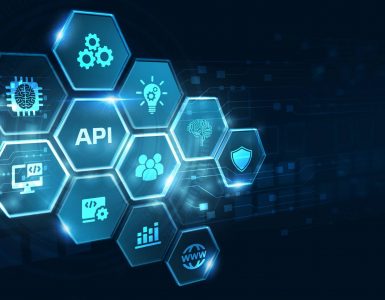As advanced software development practices become a norm in the modern world, software development methodologies’ evolution has become mandatory. Initially, the waterfall method focused on delivering software products based on a pre-defined timeline. Here the approach was to focus more on product delivery.
However, as the software products became more complex, there was a need for a methodology to optimize the software development life-cycle or SDLC. This gave rise to the agile software development methodology. But today, another methodology that unites the development and operations in a single team is the DevOps software development methodology.
Both Agile and DevOps are paving the way for modern software development. To determine which methodology best suits your software development requirements, it is essential to understand the differences between Agile and DevOps.
This article explains the critical differences between these two software development methodologies.
DevOps and Agile have their strengths and are reliable in their ways. Let’s understand both methodologies in detail.
What is DevOps?
DevOps software development methodology focuses on enhancing the communication, integration, and collaboration between developers and other IT professionals to accelerate the development of products.
The terminology derives its name from development and operations. The primary objective is to create a culture that promotes collaboration between development teams and operations management. The DevOps methods have proven to automate code deployment by making production faster. Organizations use this methodology to speed up the delivery of applications and services. At its core, DevOps culture creates an environment that leads to the alignment of the development and IT operations.
What is Agile?
Agile methodology is based on the continuous iteration of development and testing within the software development life-cycle process. This culture emphasizes iterative, incremental, and evolutionary improvement of the software development process. Instead of focusing on collaboration between development and operation, the goal is to break the product development into smaller pieces. Then during the development of these smaller tasks, test cases are integrated into the process to make final testing much more efficient.
There are several ways to implement Agile methodologies, such as Scrum, Kanban, and XP.
Main differences between the DevOps and Agile software development methodologies
| DevOps | Agile Methodology | |
| Guiding Principle | The DevOps culture is based on the collaboration between development and operations teams working as a single unit. The aim is to cultivate productivity and establish collaboration. | Agile culture is more focused on managing and continuously delivering smaller, incremental project changes. Iterative development and ongoing testing are an integral part of Agile software development. |
| Primary Goal | DevOps methodology emphasizes rapid deliveries and continuous testing. Here the deliveries are made every few hours or daily as the primary goal is to manage end-to-end engineering and business solutions and enable faster delivery of products. | Here the primary focus is on constant changes and incremental developments made to the software product after each sprint. Agile methodology is usually used for complicated projects that require frequent mid-project changes. |
| Delivery & Documentation | DevOps methodology is usually used for prebuilt software that is ready to release. It looks after deploying the software securely and faster. Documentation is another essential requirement of DevOps. Emphasis on documenting processes, communications, and product updates is much higher here. | Unlike DevOps, Agile methodology is used to build and create software and plays no role in the deployment of the software. In Agile methodology, more importance is put on well-working software over comprehensive documentation. This is why documentation in this culture is not as comprehensive as DevOps. |
| Team Size & Skills | As DevOps methodology functions on integrating different teams, here, the number of people involved is much larger. DevOps culture requires people with different specialization and functional skill sets to achieve better goals and product delivery success. | Agile works with a smaller team for faster execution of the end goals. When fewer people are involved in software development, they perform at different levels and become highly skilled all-rounder developers. This methodology creates highly experienced developers for an organization. |
| Feedback Structure | DevOps continuously works on bridging the gap between the developer and IT operations team. In DevOps culture, internal communication channels are established to address concerns and improve the speed and quality of product development. | Agile culture bridges the communication gap between a customer, and the development and testing teams. Here no operations team is involved. Feedback is directly received from customers, and adjustments to the product are made accordingly. |
| Communication Methodology | Design and specification documents are used for communication between teams. | Agile uses the Scrum framework for communication. Daily scrum meetings are scheduled to discuss briefs and the status of various tasks. |
Using DevOps & Agile together
Most software development teams already use Agile methods like Scrum to guide product development. However, some proponents believe that DevOps is an extension of Agile. Typically, an Agile culture relies on cross-functional teams, including a developer, a tester, and a designer.
DevOps takes Agile a step further by adding an operations member. This eases the transition from software development to deployment. You can automate processes and enhance transparency across all teams with DevOps.
Takeaway
DevOps and Agile methodologies have well-defined differences, but their overall goal is to speed up the delivery of quality software. Fortunately, both can co-exist and significantly improve the product quality and SDLC when implemented.
Talent500 is a remote team-building platform trusted by fast-growing startups and Fortune 500 companies. Sign up here and join the elite pool of talented Indian developers.






Add comment